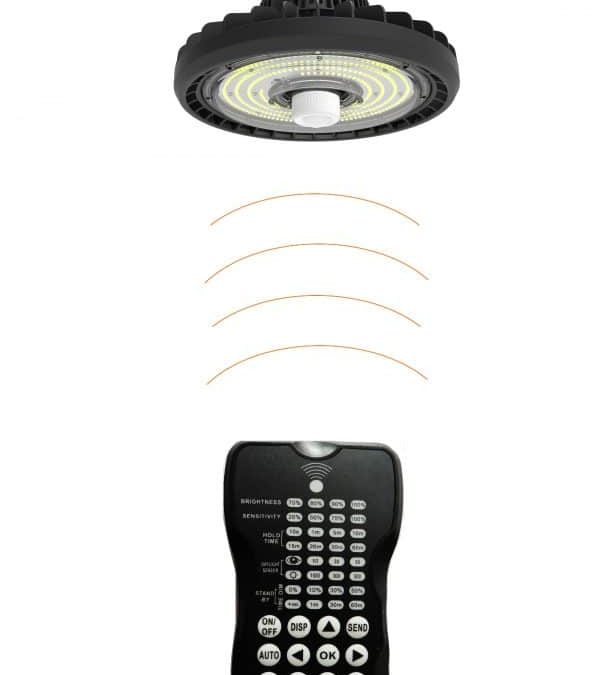PIR (Passive Infrared) sensors are commonly used in conjunction with LED lighting systems for energy efficiency and convenience. However, electricians often encounter issues with PIRs failing when controlling LED lights, leading to lights remaining on continuously. This frequent occurrence of PIR failures may raise questions among professionals in the field.
The root cause of PIR failures in LED lighting setups can be attributed to the unique characteristics of LED drivers. In the initial moments of powering on an LED light, there is a sudden surge in current known as inrush, which can be up to ten times the normal load. When PIRs are tasked with switching on multiple LED lights simultaneously, the combined inrush can overwhelm the sensor, causing critical points within the PIR to sustain damage. Over time, these damaged points may deteriorate, leading to malfunction where the lights remain perpetually switched on.
To address these challenges, manufacturers typically specify load capacities for PIR sensors when used with LED lights, allowing for a safety margin to accommodate inrush currents. Integration of advanced technologies, such as Microwave Sensors, offers a viable solution to enhance the performance and reliability of PIR-controlled LED lighting systems. Products like LEDlights4you Smart High Bays and Northcliffe Battens are equipped with Microwave Sensors that directly communicate with dimmable LED drivers, eliminating the need for mechanical contactor points. This streamlined approach enables electronic control of the lights, facilitating seamless on/off functionality without relying on traditional switches.
By implementing cutting-edge solutions like Microwave Sensors in LED lighting systems, professionals can overcome the challenges associated with PIR failures and ensure efficient operation of commercial or residential lighting setups. Embracing technological advancements in the field not only enhances functionality but also contributes to enhanced user experience and long-term reliability.
